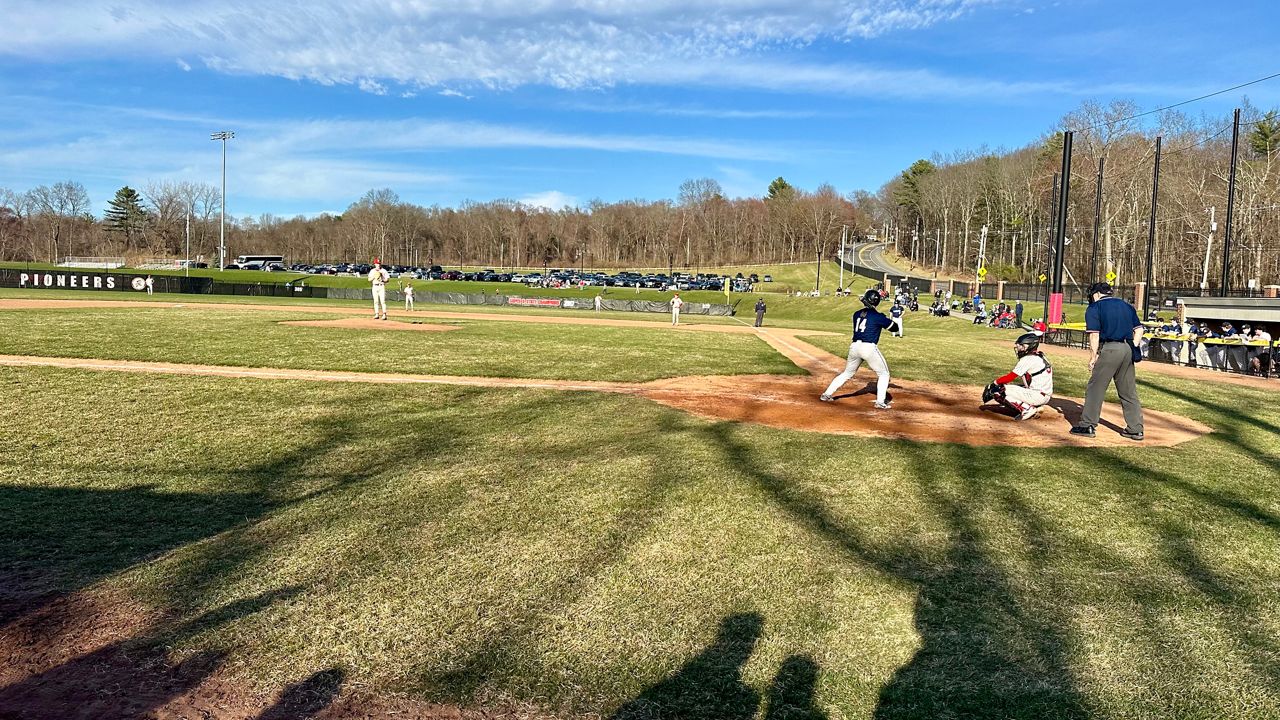WORCESTER, Mass. - Spectrum News 1 getting a first hand look at technology being developed in Massachusetts which could help the organ donation process everywhere. It aims to ensure an organ is healthy beyond what a doctor can see and before being put in a recipient. On top of a shortage of donors, kidneys are getting discarded because the current assessment process sometimes just takes too long.
Researchers at Worcester Polytechnic Institute have developed a new robot which can scan in just a fraction of the time.
What You Need To Know
- Researchers at Worcester Polytechnic Institute have developed a new robot which can scan kidneys in line for donation in just a fraction of the time.
- A robotic arm with a camera will scan kidneys after they've been taken from donors to ensure they're healthy for donation.
- The research is funded by a $2,527,424 award, shared among the organizations, from the National Institute of Diabetes and Digestive Kidney Diseases.
- The described one-of-a-kind robot was developed at WPI’s Medical FUSION Lab.
"Kidney health assessment used to be done with a biopsy, needle-based, getting a sample, and checking with pathology," said professor Haichong Zhang. "But that process takes a lot of time and is not efficient. You can not assess a lot of kidneys at a time."
Enter the OCT Robotic System. A robotic arm with a camera will scan kidneys after they've been taken from donors to ensure they're healthy for donation.
For years, Zhang and PhD student Xihan Ma have been part of a research team who have been working on this project.
"What it does better than the existing technology is that this is more comprehensive, so less bias," said Ma. "We scan the entire kidney surface rather than just picking up a few spots. And this is a direct visualization of the key microstructures under the kidney."
Ma describes the robot as the 'first of it's kind,' and a game changer in organ donation. He says the issue with current technology is it relies almost entirely on a doctor's experience and intuition. Clinicians will now have timely and thorough information thanks to the OCT, and in addition, it's much faster than current methods.
"This process is hopefully going to take less than 10 minutes," said Ma. "So we're collecting thousands of oct images and we're putting them together to form a kidney mapping, which will then be presented to the surgeons and we're going to tell based on the mapping which part of the kidney is good and which part of the kidney is bad."
Testing with the robot has been done with both a real kidney, as well as 3D-printed replicas. And while speed is crucial, eliminating waste is also key.
"The exact thing that doctors care about when testing the kidney is if there's any abnormal structures," said Zhang. "They're looking at so-called tubular structures, like tubing or vessel-like structures. They want to confirm how healthy those structures are."
Researchers say their hope is to improve the robot's efficiency in the coming months with aspirations of having the robot in a hospital setting in the very near future.
According to Donate Life, more than a dozen people die every day in the U.S. waiting for a kidney.











